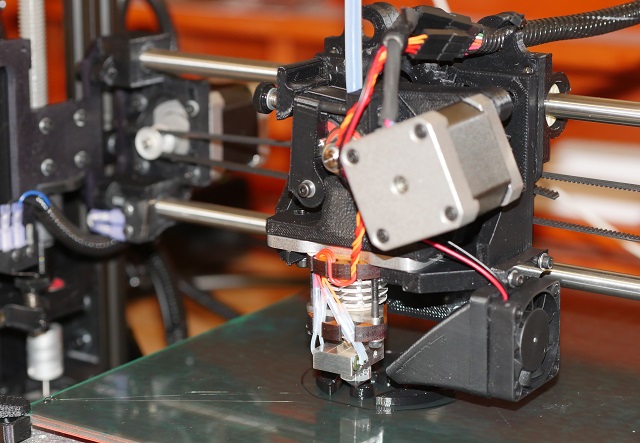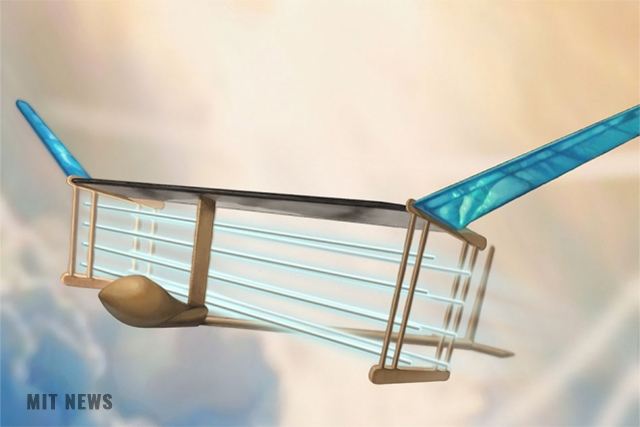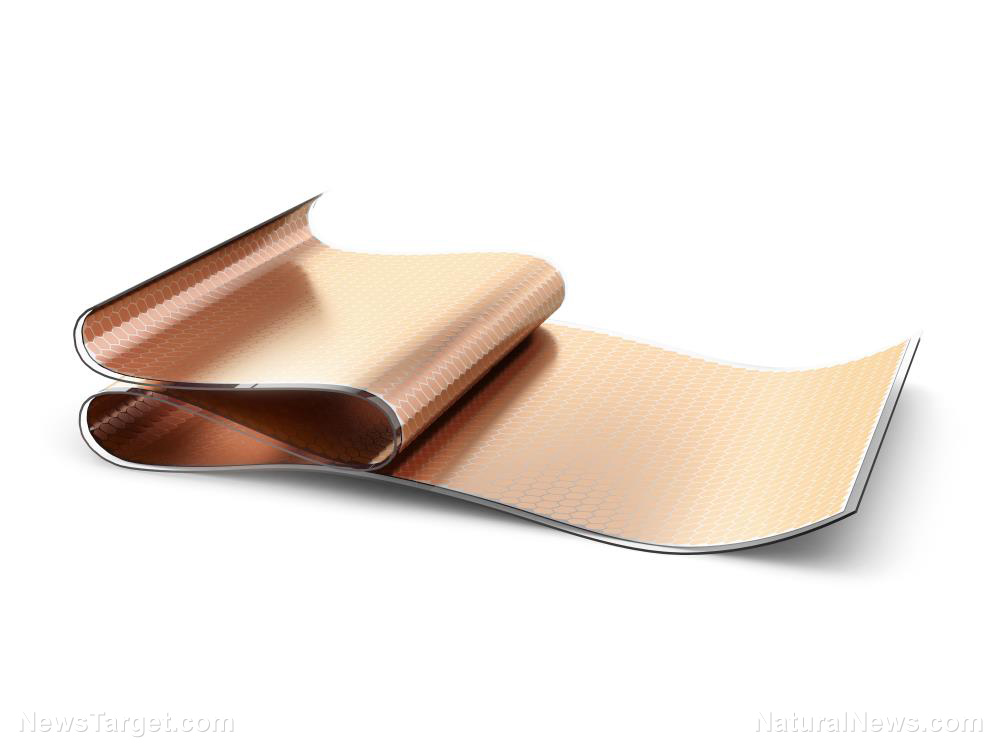New camera helps people “see” the invisible using high-frequency waves
02/24/2019 / By Edsel Cook

Delaware-based researchers have come up with the next best thing to having Superman’s X-ray vision. Their new device can produce millimeter waves that penetrate opaque solids and reveal the objects obscured by the obstacle, much like how an X-ray machine shows the internals of the body.
Millimeter waves occupy a band of frequencies ranging from 30 to 300 gigahertz. They are sandwiched between more energetic infrared waves and less powerful microwaves.
Normally, humans cannot see these high-frequency waves. So the University of Delaware (UD) researchers developed the Illuminator, an electronic imaging system that will serve as the artificial eyes of its users.
The imaging device will convert reflected millimeter wave energy into accurate images. Users will be able to see through non-metallic materials and spot objects concealed inside opaque containers, so someone cannot use their clothing to hide contraband or weapons.
Unlike the security scanners seen at airports, the millimeter wave scanner is small and light enough to be carried with ease. Its developers say it can be deployed to airports, restaurants, schools, and other important facilities. Further refinement can further reduce the size and weight of the scanner and image. (Related: ALARMING: 35% of us now suffer from hyperelectrosensitivity – a debilitating syndrome caused by wireless technology.)
They built the original high-frequency wave scanner with a box of scraps
UD lead researcher Dennis Prather is already working on the next iteration of the Illuminator. His work is being funded by the U.S. Department of Defense, which plans to issue a production version to American soldiers.
Prather and his team of undergraduates, graduates, and alumni are coming up with new ways to use millimeter waves. They have produced medical electronics, spacecraft hardware, and now imaging systems.
They built the prototype out of a pile of spare parts from earlier efforts. Several amplifiers, for instance, were leftovers from a finished project. These unused but functional parts were installed in the scanner to boost its output.
The result was a ramshackle but operational millimeter wave array that could project high-frequency waves in the same way that a searchlight cast a beam of visible light. The invisible light could go through anything that isn’t made of metal.
When the waves hit a metallic object, they would get reflected back to the scanner. It would convert the millimeter wave readings into visual data that can be understood by the human eye and brain.
Growing the next generation of millimeter wave specialist engineers in Delaware
The prototype millimeter wave imaging system is powered by circuit boards that the researchers built with their own hands. Prather taught them how the system used electric fields, and he also provided oversight over the process.
After completing their undergraduate and graduate classes, many of his students opted to stay at UD and keep working with their professor. They have also joined Phase Sensitive Innovations (PSI), a startup founded by Prather that specializes in millimeter wave technologies.
In turn, PSI is closely associated with the university. Its newly finished facility is within easy walking distance of the university. Many of the circuits, circuit boards, and electronic systems produced by the company were designed by former and active UD students.
The PSI gives back to the university by sponsoring engineering projects for the students. For example, a team of students are looking for ways to decrease the cost of the company’s photonic systems.
“I am constantly impressed by how much enthusiasm UD students have and how quickly they work and learn new things,” said PSI co-founder Chris Schuetz. “It’s great to have such a large base of students who pick things up quickly.”
Sources include:
Tagged Under: breakthrough, future science, future tech, innovation, inventions, millimeter waves, new tech, scanner, security technology, technology, vision technology




















